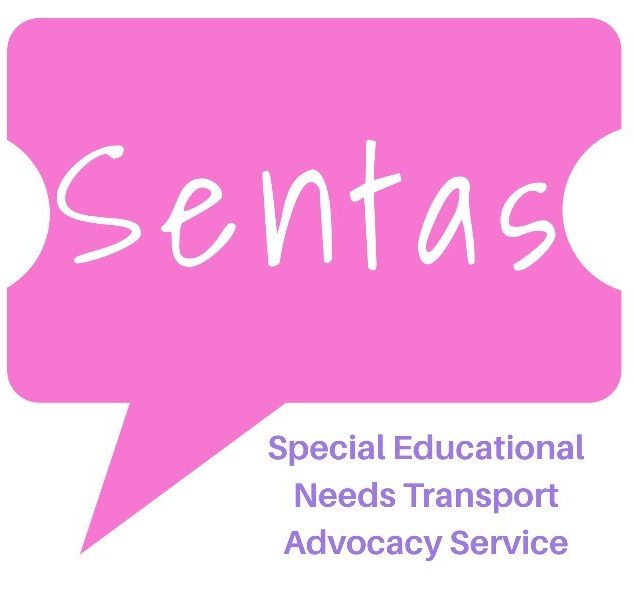I have only reviewed the sections of the policy relating to SEN.
Was the Home to School Transport policy easy to find?
Policy was easy to find under the Children and families menu, Schools and Learning, School Transport.
General comments on the policy
There is a lot of the use of unnecessary bold text that overall doesn’t give the policy a friendly feel to it, especially as the bold words are placed to emphasise what the council won’t do or what they consider to be the parent’s responsibility.
Review of the Home to School Transport Policy for Children and Young People with SEND
Pre 16 Transport
10.3 (page 9) states:
“Only if, as detailed in their Statement of Special Educational Needs (SSEN) / EHC Plan, a child/young person has a special educational need or disability which ordinarily prevents them from either walking to and from school or accessing a public bus or rail service or contract bus service, will they will be eligible for free transport”.
The problem here is that it is the quality of the EHCP or Statement written that could determine whether a child gets Home to School Transport. I would encourage parents who think their child is eligible for home to school transport ask for this to be written into the EHCP or Statement to make the application process easier. However, if a child is eligible for Home to School Transport and it isn’t written into their EHCP or Statement the council should still provide this service.
The policy jumps from 10.3 straight to 10.5, 10.4 has been missed out.
11.1 (page 11) states:
11.2 (page 11) states:
Post 16 Transport
19.2 states:
“For consideration of post-16 SEND transport assistance, a student must be unable to access public service transport (bus or train) or a bus service contracted by the Council or walk to school/college and must be enrolled on a full-time course either in school (mainstream or special) or college of further education. This must be the nearest appropriate centre (NAC) to their home address offering an appropriate course for that student”.
Young people should have reasonable opportunities to choose between courses available to them at 16 and should be supported to access their choices. Young people should also be able to choose an establishment of education or training that is not the closest to where they live if it makes sense to do so.
19.3 states:
“If these criteria are met they may be eligible for subsidised transport up to the age of 25. The Council will levy a charge per student as a contribution towards the full cost of post 16 SEND transport provided by it. The rates of subsidised transport are reviewed annually. Students who meet the low income criteria set out in 18.2.1 will be entitled to free transport”.
The low income criteria is actually set out in 18.1, not 18.2.1, this may seem a small detail, however the fact that there are small errors in a policy such as this and the fact that they have missed 10.4 can suggest a lack of attention to detail and poor checking of the policy.
19.4 states:
“If the student is eligible for support with transport costs, the Council will always explore whether their parents should be asked to use their own transport and be remunerated for their fuel costs.
All claims for assistance need to be agreed in writing before transport commences and payment can be made. Where there is no parent/carer/family member who can transport the student, the Council will consider the provision of subsidised transport and apply the annual charge as a contribution to the cost of the transport as detailed above”.
I have seen nowhere in any guidance that states that it is the responsibility of parents to transport young people to their post 16 placement, if the young person is eligible for transport help under SEN criteria I would argue the parent can be asked to transport the young person but this shouldn’t be forced upon a parent.
Appendix A (page 24) states:
Criteria for nearest appropriate post-16 centre
The nearest appropriate post-16 centre is the school or college that:
(i) regardless of county boundaries, is nearest to the student’s designated home; and/or
(ii) where appropriate, named by the Council for the student’s designated home address; and
(iii) offers the main essentials of the course required by the student, both in terms of type and level with regard to higher education and/or career outcomes.
The non-availability, for example, of a particular subject mix, or a particular range of module options will not normally be considered grounds for approval of assistance with transport to a more distant centre.
The Council will seek advice from independent careers guidance professionals as necessary to help determine students’ eligibility for assistance with transport costs”.
As stated before young people should have reasonable opportunities to choose between courses available to them at 16 and should be supported to access their choices. Young people should also be able to choose an establishment of education or training that is not the closest to where they live if it makes sense to do so.
I would also argue against Appendix A (iii) if a young person has a Statement or EHCP the post 16 education setting must cater for all requirements as stated in the EHCP or Statement to be considered appropriate.
Appendix B (page 26) states:
“Please note: If a child is under 16 years of age, the right of appeal can only be exercised by a parent. If a child is 16 or 17 years old, the parent or the young person can exercise the right of appeal. If a child is 18 years old, only the young person has the right of appeal”.
For a young person with SEN this would depend on capacity etc. There should be cases where the parent can make the appeal on the young person’s behalf. I would hope that there have been not issues with this area between parent/young person and Local Authority.

